PANZER! Tanks in Advanced Squad Leader (Part 1)
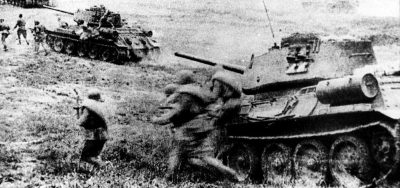
By David Garvin
The dictionary defines “tank” as “an armored, self-propelled combat vehicle, armed with cannon and machine guns and moving on a caterpillar tread.” That much makes sense. Practically every war game depicting combat in the 2nd World War has tanks, and Advanced Squad Leader (ASL) is no exception. There are many other iconic weapons and platforms that stimulate the imagination when it comes to war, but none more so than the tank.
There are defining tanks, such as the Sherman, the T-34, and of course the Tiger. I will discuss this in this article, but I’ll confine myself to tanks and try to avoid discussing other Armored Fighting Vehicles (AFVs), such as half-tracks, tank destroyers, and assault guns. For the purposes of this article, I will expand upon the definition and further demand that tanks have a turret (or turrets) that house their gun. That said, the purpose isn’t to teach players how to use Tanks in ASL, but rather to show how the designers took the real-world use of tanks and translated that use to the game.
Tanks have three main characteristics: firepower, mobility, and protection. The firepower of a tank is found in its Main Armament (MA) and machine guns. More often than not, a tank will have several machine guns that add to the firepower of the MA, about which I will discuss as a later point. In ASL, these guns have several classifications or types. These include Bow machine guns (BMGs), Coaxial machine guns (CMG) and Anti-Aircraft machine guns (AAMG).
The BMGs are those housed in the hull of the vehicle, facing forward. The CMG is in the turret and fires alongside the MA. Without getting into the details, the CMG can be used to confirm that Line of Sight (LOS) exists to a potential target. (Of note, LOS isn’t allowed to be pre-checked; one usually has to declare a shot prior to confirming if LOS exists). The AAMG can be fired by the Crew Commander, and in any direction, but if so, then he is exposing himself to some risk by exposing himself to enemy fire.
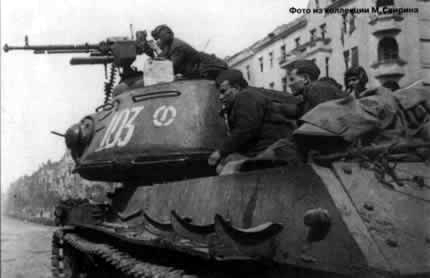
So, now that we’ve established that tanks use their MA and various MGs to achieve firepower, let us look to mobility. As stated in the definition, tanks move “…on a caterpillar tread”. In other words, they are tracked. In ASL, not all tracked vehicles are tanks, but all tanks are tracked! As such, tanks take advantage of the “fully tracked” column of the Terrain Chart. As such, this allows tanks to go where other vehicles cannot go.
They are typically slower than other vehicles, having fewer movement points, but their tracks allow them the freedom of movement that other vehicles don’t have. Sure, a truck can zip along a road, but if there is a wall in the way, forget it. The tank? It will just push through! Even a simple hedge will stop most vehicles. But not the mighty tank! The mobility of tanks means that they can go where other vehicles cannot. And that, my friends, is a combat power multiplier!
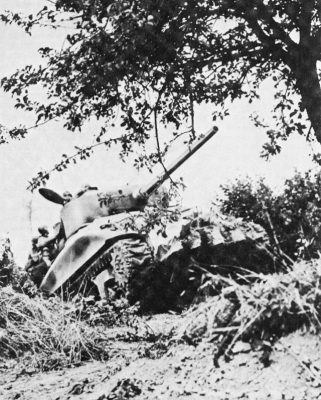
Protection is the final characteristic of the main three. In ASL, a vehicle’s Armor Factor (AF) values vary between front, side, and rear as well as hull and turret. The values vary from 0 (which doesn’t mean “no armor”, but rather “very, very thin armor”) to the ridiculously strong 26. These factors aren’t arbitrary, these instead represent the average armor thickness in centimeters of that facing.
These take slope into account. 0 represents less than 1 cm, but every 1 AF represents from 1 to 1.5 cm. These values do not include every value from 0 to 26, however. They go as follows: 0, 1, 2, 3, 4, 6, 8, 11, 14, 18 and 26. For anyone wondering, an AF of 26 represents about a foot of armor. As such, most tanks are virtually indestructible to small arms, including machine guns and they require specialized weapons to knock them out from any distance. So, by combining firepower, mobility, and protection, a tank is a potent weapon indeed!

Now, coming back to Firepower, I will now discuss the MA as well as the other weapons that some tanks have. These weapons can be used in many ways, and I will only discuss some of the more interesting ones here, all with a view to showing how versatile the tank is in ASL, just as it is in real life. First of all, tanks kill other tanks. They do so by firing Armor Piercing (AP) rounds at other tanks.
There are some that have specialized ammunition, such as Armor Piercing Composite Rigid (APCR) or Armor Piercing Discarding Sabot (APDS). To engage infantry and other targets, many carry High Explosive (HE) ammunition. Combined with the previously-mentioned MGs, tanks can use their offensive killing power against many targets. But in addition to these, many tanks also carry SMOKE rounds. These can be chemical smoke or in some cases, White Phosphorus (WP) rounds. All SMOKE rounds obscure vision, but WP rounds also have the potential to cause casualties.
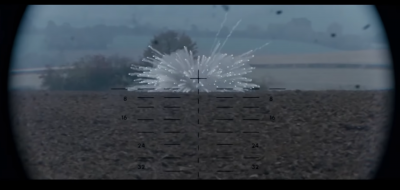
Now there are a few other tools that tanks have in ASL. Smoke Dispensers are found in many tanks. These can be used in a tank’s movement phase (MPh) in order to lay a trail of obscuration to help other vehicles or infantry advance with greater safety. And of course, there are a few types of these. They include the Smoke Discharger (sD), Smoke Mortar (sM), Smoke Pots (sP), and the unique Nahverteidignungswaffe (sN). All 4 types of Smoke Dispensers create SMOKE of some type, but the sN (colloquially called the “Snoogie Woofer” by ASL players) is also an offensive weapon. This fearsome weapon is essentially a grenade launcher on the turret roof that showers the outside of the tank with High Explosive grenades. Only German tanks have this weapon and can take an already scary tank such as a Tiger and make it even more fearsome.
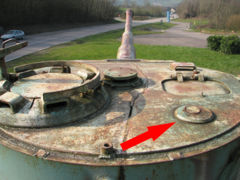
Now that I’ve shown what tanks can do in ASL, I will have to explain how to determine the various weapons, AF values and movement characteristics each tank in the game has. But that is going to require another article. For now, just take home the lesson that tanks in ASL, from the early war tin-cans to the late war armored behemoths, all have offensive power that helped to characterize the second world war as a war of mobility, firepower and protection, and their actions in the game come quite close to doing the same thing that tanks do in real life.
David Garvin previously served as the Canadian Army’s Instructor In Gunnery Team Leader at the Royal Canadian Armoured Corps School for 2 years. He knows a thing or two about tanks!

I always like reading Dave’s articles. Not only do I find them interesting, but informative and educational. Love his passion for the game.